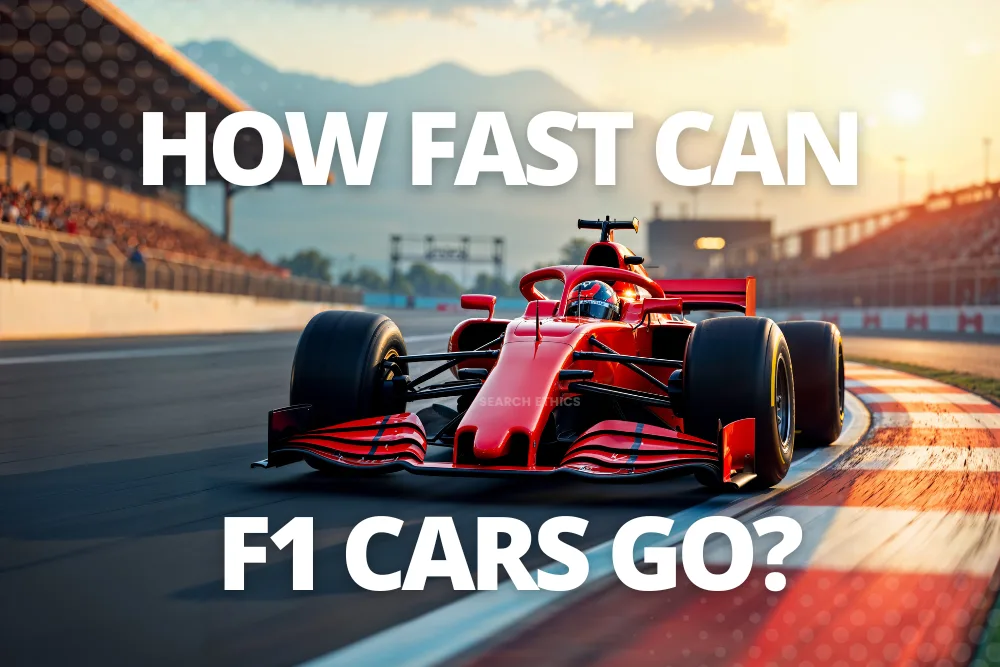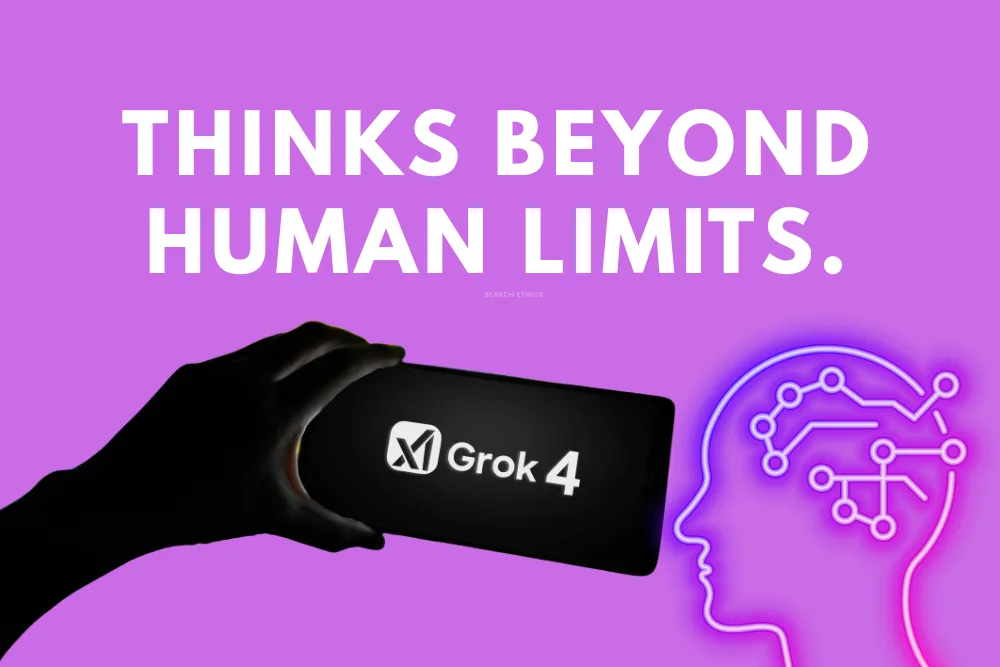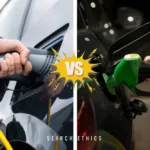Now Reading: New Youtube AI Monetization Policy Explained
-
01
New Youtube AI Monetization Policy Explained
New Youtube AI Monetization Policy Explained
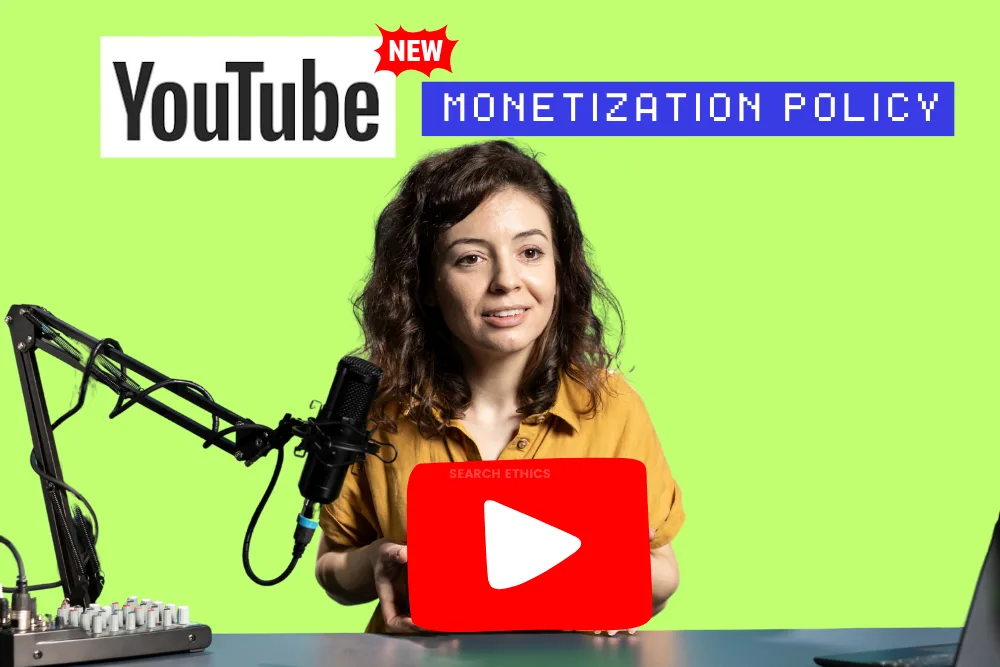
YouTube’s 2025 monetization policy update is here—and it’s a critical moment for creators, especially those using AI, reused, or repetitive content. YouTube is refining its YouTube Partner Program (YPP) rules to fight the growing wave of inauthentic content. Whether you’re already monetized or planning to apply soon, this update could directly impact your eligibility and income. Here’s what every serious YouTube creator needs to know to stay compliant and protect their channel in the years ahead.
Understanding the 2025 Monetization Policy Changes
For years, YouTube has emphasized the importance of original and authentic content. However, with the rapid growth of AI tools and low-effort content strategies, YouTube is tightening its standards. The updated policy now gives more weight to identifying mass-produced, repetitious, and reused content, even before creators apply for monetization.
Repetitious content refers to videos that appear nearly identical, often created using templates or automation, with minimal variation across uploads. This includes AI-generated content that lacks uniqueness or personal touch. On the other hand, reused content includes uploading material from other creators or platforms without transforming or adding substantial commentary. Even if you’re not copying videos outright, using similar scripts, stock footage, or narration across dozens of videos can now put your channel at risk.
What YouTube Considers “Inauthentic Content”
The newest concept introduced in the 2025 update is inauthentic content. This term describes videos that don’t reflect genuine effort or creativity, regardless of whether they are AI-generated or manually edited. For instance, uploading a reaction video where you simply sit and watch someone else’s clip without saying anything offers no real value. Similarly, AI-generated videos that are too generic, repetitive, or indistinguishable from others fall into this category.
YouTube wants creators to add value, whether through original commentary, education, analysis, or unique perspective. Using content as a reference point is acceptable if it’s done meaningfully. For example, citing a video to support a point or explain an event can be authentic, provided your voice and insights lead the narrative.
Who Is Most at Risk?
Creators relying heavily on automation, repurposed content, or reaction-style formats without clear transformation are the most vulnerable. Channels that:
-
Use AI tools to mass-produce similar videos,
-
Upload clips from other creators without credit or commentary,
-
Depend on facecam reactions without speaking or interacting with the content,
are likely to be flagged under this update.
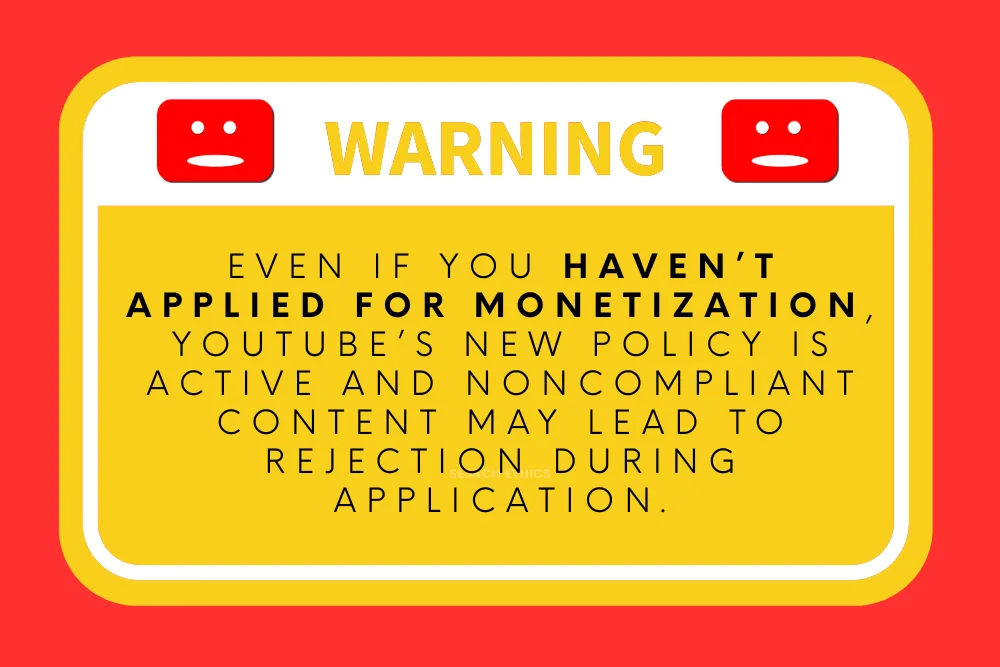
Is AI Content Banned?
Absolutely not!! YouTube is not banning AI-created content. It is banning low-effort, non-transformative AI content. AI can still be a powerful tool to help script, visualize, or edit videos, but human creativity must remain central. If your videos are entirely generated by AI with little personal input, they’re unlikely to pass YouTube’s authenticity check. However, combining AI assistance with voiceover, original narration, custom editing, or educational content is perfectly acceptable.
How to Stay Safe and Monetize Successfully
To avoid demonetization or rejection, creators need to embrace a few important principles:
-
Be Original: Show your face, share your voice, and create content that only you can offer. Personal branding goes a long way in proving authenticity.
-
Add Value: When using clips or media you didn’t create, transform it significantly. Comment, analyze, or educate—don’t just repeat.
-
Audit Your Channel: Review your existing videos. Delete or re-edit any that rely too heavily on repetition, AI without input, or reused material.
-
Avoid Mass Production: Don’t upload batches of nearly identical videos. Avoid using the same voiceover or stock visuals across your channel.
How YouTube Detects Violations
YouTube’s content review system is now smarter, using a mix of AI updates, tools and human moderation to detect repetition, similarity, and authenticity. They can detect metadata patterns, reused visuals, and script similarities, even if they’re spread across different videos. Trying to “trick” the system with cosmetic edits no longer works.
Long-Term Strategy for a Healthy YouTube Channel
If you’re serious about building a channel that thrives over the next 5 to 10 years, this policy is an opportunity. Never ever think it has a setback. Focus on:
-
Creating for people, not just algorithms.
-
Building community and trust with viewers.
-
Diversifying your content formats and topics.
-
Documenting your creative process to prove originality when needed.
Final Advice
Youtube hates Reused, Repetitive, Inauthentic content!
YouTube’s 2025 update is about rewarding genuine effort. It’s not meant to punish creators. These policies are designed to preserve the quality of the platform and ensure that content remains valuable to viewers. If your content is built on originality, thoughtful storytelling, and personal engagement, you have nothing to worry about. But if you’ve been cutting corners or relying too much on automation or reused clips, now is the time to course-correct.
Create content with purpose. Respect your audience. And make every upload count.
You may also love to read Youtube’s new notification feature
Dony Garvasis is the founder of Search Ethics, a platform dedicated to transparency, authenticity, and ethical digital practices. With over six years of experience in SEO and digital marketing, I provide expert content on automobiles, Artificial intelligence, technology, gadgets, science, tips, tutorials and much more. My mission is simple: Ethical Search, Genuine Results! I will make sure people everywhere get trustworthy and helpful information.


